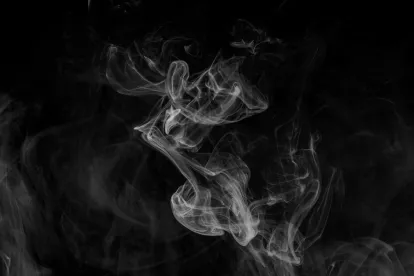An increasing degree of attention is being paid to instances of vapor intrusion, the process by which volatile chemicals migrate, in vapor form, from soil or groundwater into indoor air spaces of buildings. Even in the era of prospective purchaser exemptions, vapor intrusion risks are increasing uncertainty in the brownfield marketplace, because they create current exposure risks for which new owners and operators may be liable under Michigan due care, federal continuing obligation and public health requirements. Recent changes to the vapor intrusion screening levels used by the Michigan Department of Environmental Quality (“MDEQ”) to assess vapor intrusion risk, have presented some practical and legal challenges for owners and occupants of property where volatile chemicals are or may be present.
New Interim Screening Levels
On August 7, 2017, the MDEQ and the Michigan Department of Health and Human Services (“DHHS”) circulated Recommended Interim Action Screening Levels for Indoor Air (“Interim Screening Levels”). These Interim Screening Levels are a temporary replacement for the vapor intrusion screening levels included in the 2013 MDEQ Guidance Document for the Vapor Intrusion Pathway. MDEQ rescinded those screening levels in June, but the balance of the 2013 guidance document remains in effect.
The recent Interim Action Screening levels, which cover 29 chlorinated compounds and common gasoline contaminants, are currently the best available guidance from the MDEQ and DHHS for evaluating data from the assessment of vapor intrusion risks at properties in Michigan and the MDEQ is already using these Interim Action Screening levels to direct due diligence, clean-up and enforcement actions.
In many cases, the Interim Action Screening levels are significantly lower than the screening levels previously used to assess a property for a potential vapor intrusion issue. For example, the nonresidential soil vapor screening level for tetrachloroethylene (PCE, a common dry cleaning solvent) in the 2013 MDEQ Guidance Document was 23,000 µ/m3, while the non-residential Interim Screening Level is 2,700 µ/m3 for PCE.
MDEQ Implementation
The MDEQ has increased its compliance communications and inquiries based on this increase in vapor intrusion concerns. The MDEQ is pursuing follow-up actions at several properties throughout Michigan using information contained in Baseline Environmental Assessments (“BEAs”) and closure documents submitted both recently and 10 or more years ago. The MDEQ has even responded with ordered evacuations.
Pursuant to Michigan law, a person who owns or operates property that he/she knows is impacted must limit unreasonable exposures to known impacts. The lower interim action screening levels are triggering these due care obligations at many sites where volatile chemicals impacts are located. While these chemicals may have been below the cleanup criteria for unrestricted residential use in the past, they may now exceed the new screening levels, triggering re-evaluation of due care plans to avoid enforcement action by the MDEQ. Historically due care for new property owners was primarily limited to the bounds of the property and based on information already developed. In the wake of these new screening levels, the MDEQ has demanded that property owners conduct additional investigation to confirm the extent of potential vapor intrusion risks to both on-site and off-site properties.
The additional work that may be required to comply with due care obligations includes:
-
Performing targeted sampling of soil, groundwater, soil gas or indoor air at the property and at adjacent properties.
-
Installing vapor barriers or vapor mitigation systems to prevent exposure to hazardous substances and allow for the continued use of the property without interruption.
-
Removing source materials containing volatile chemicals.
-
Notifying adjacent property owners of the presence of volatile chemicals and potential vapor intrusion.
-
Notifying utility workers and contractors of potential vapor intrusion risks.
Property owners and operators should review existing environmental reports and consult legal and technical professionals to determine if the Interim Screening Levels have changed the requirements at their property, and, if so, what next steps are warranted.
For your information, Kathleen Shirey is now the Acting Director of the Remediation and Redevelopment Division, which has jurisdiction over the issues discussed in this client alert.





 />i
/>i

